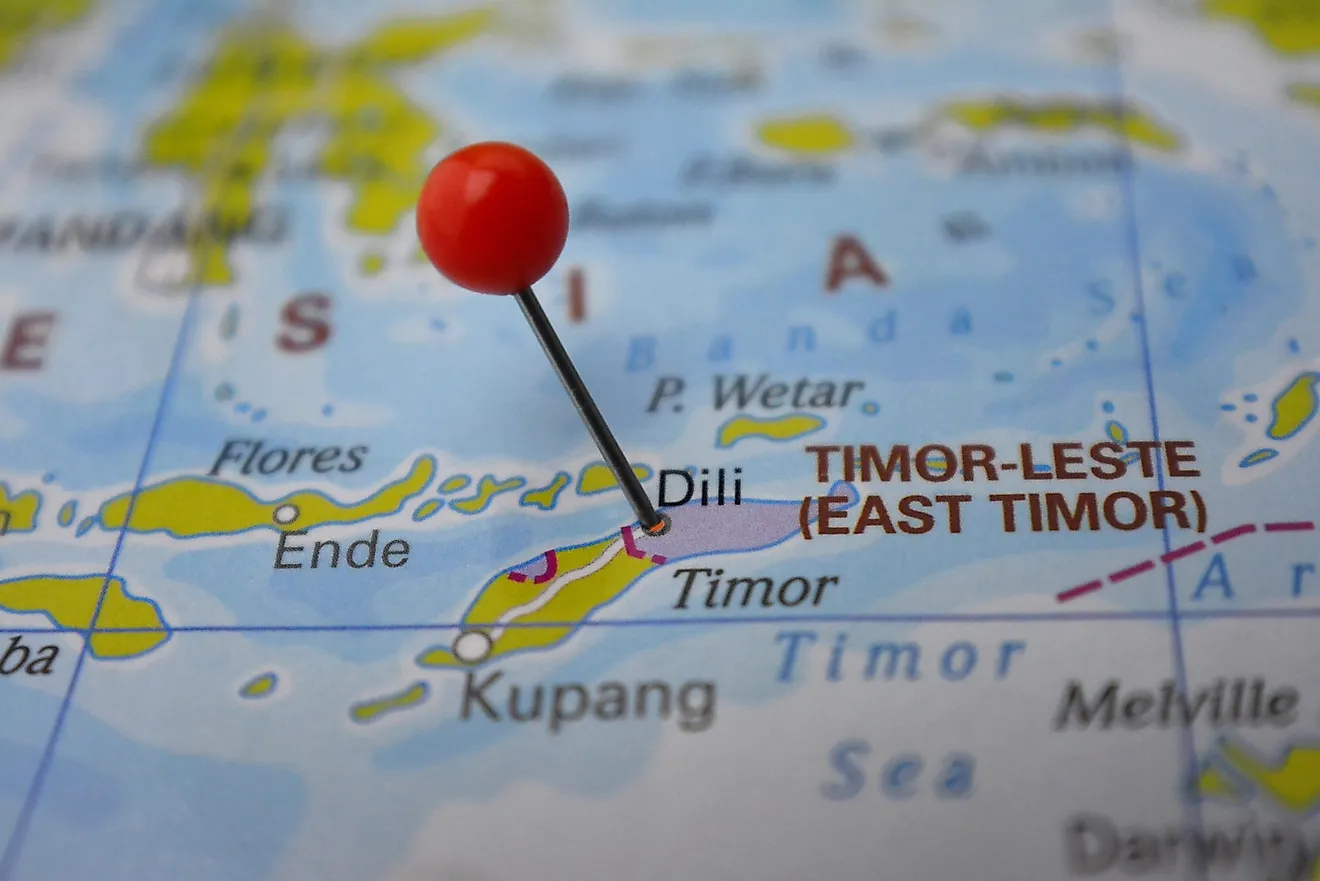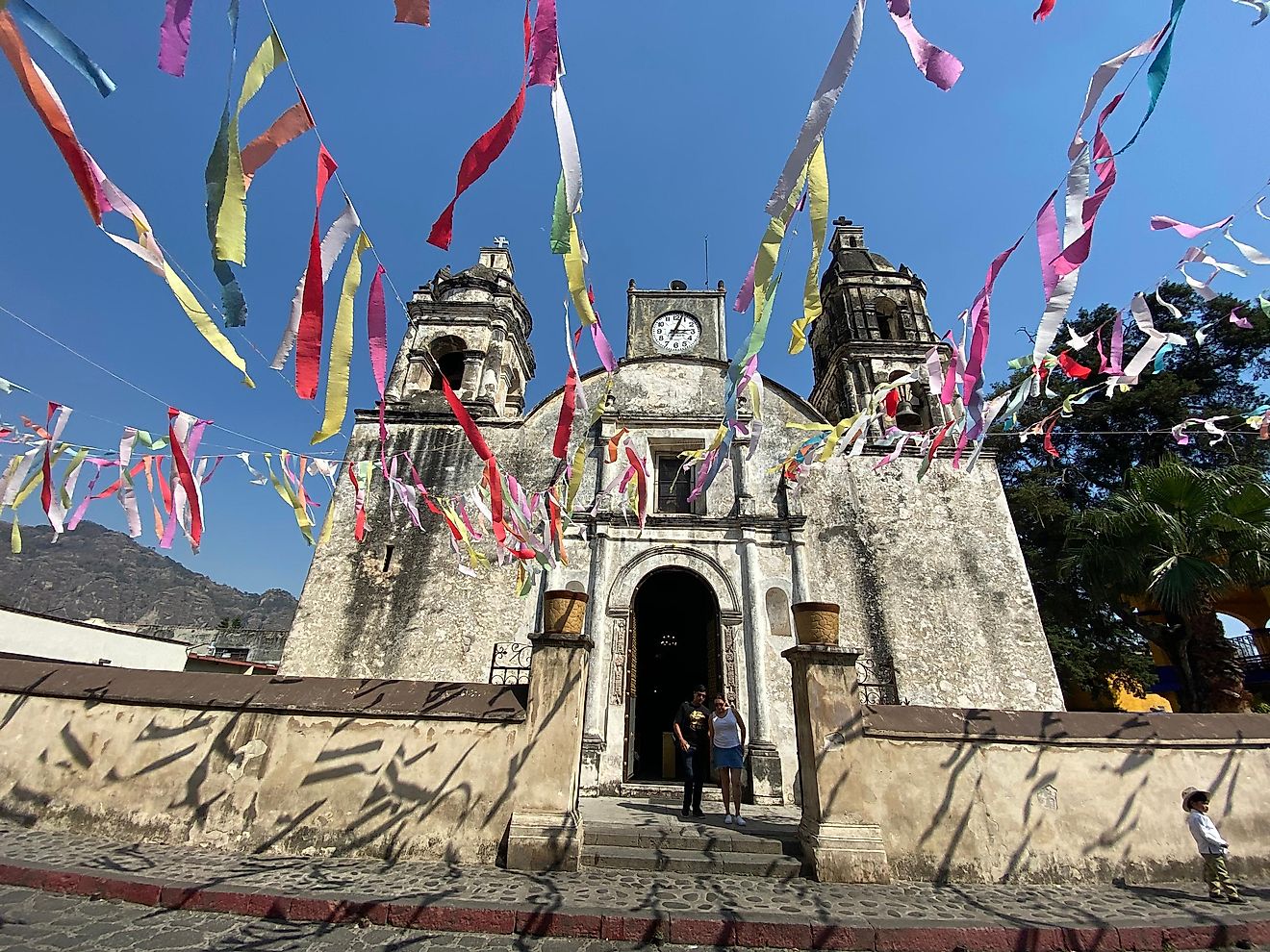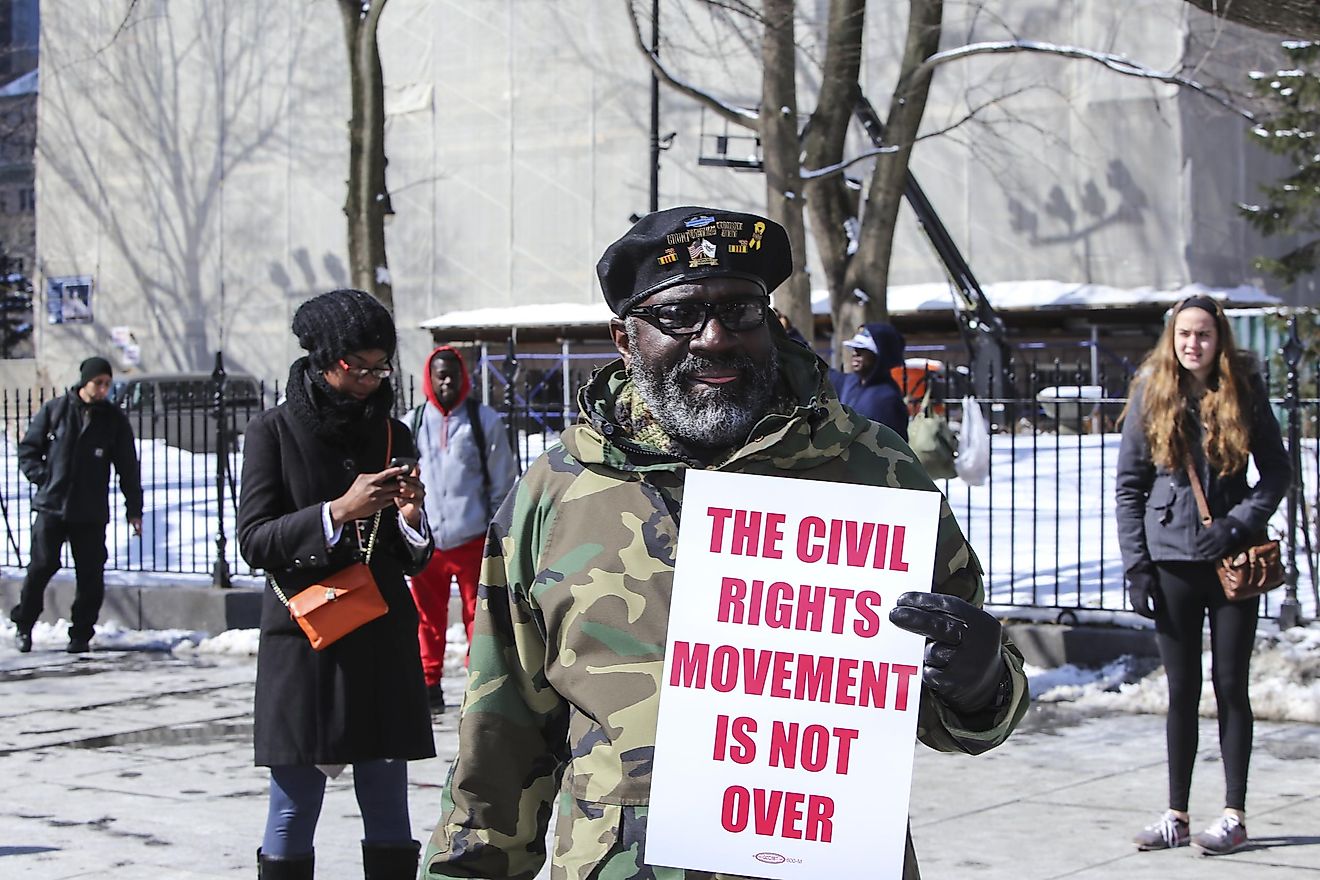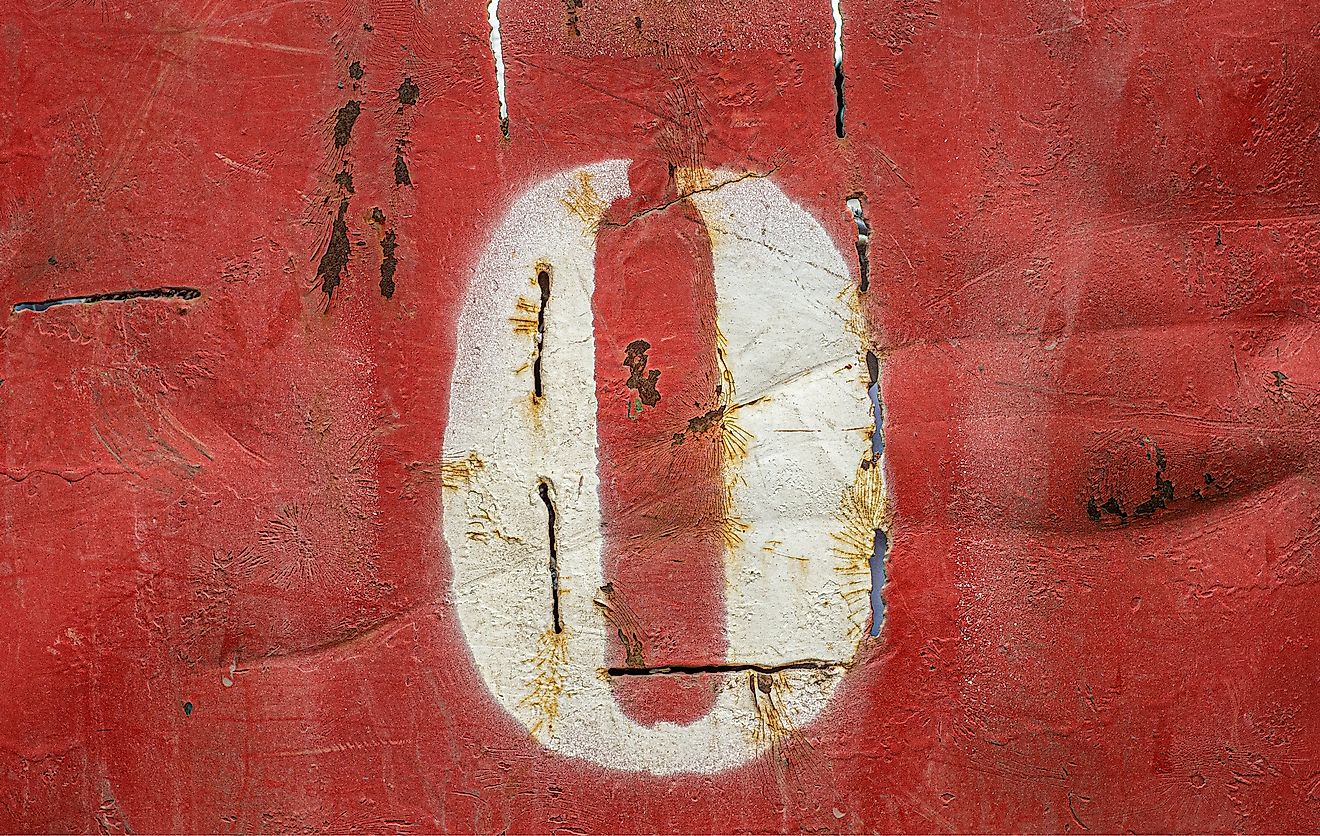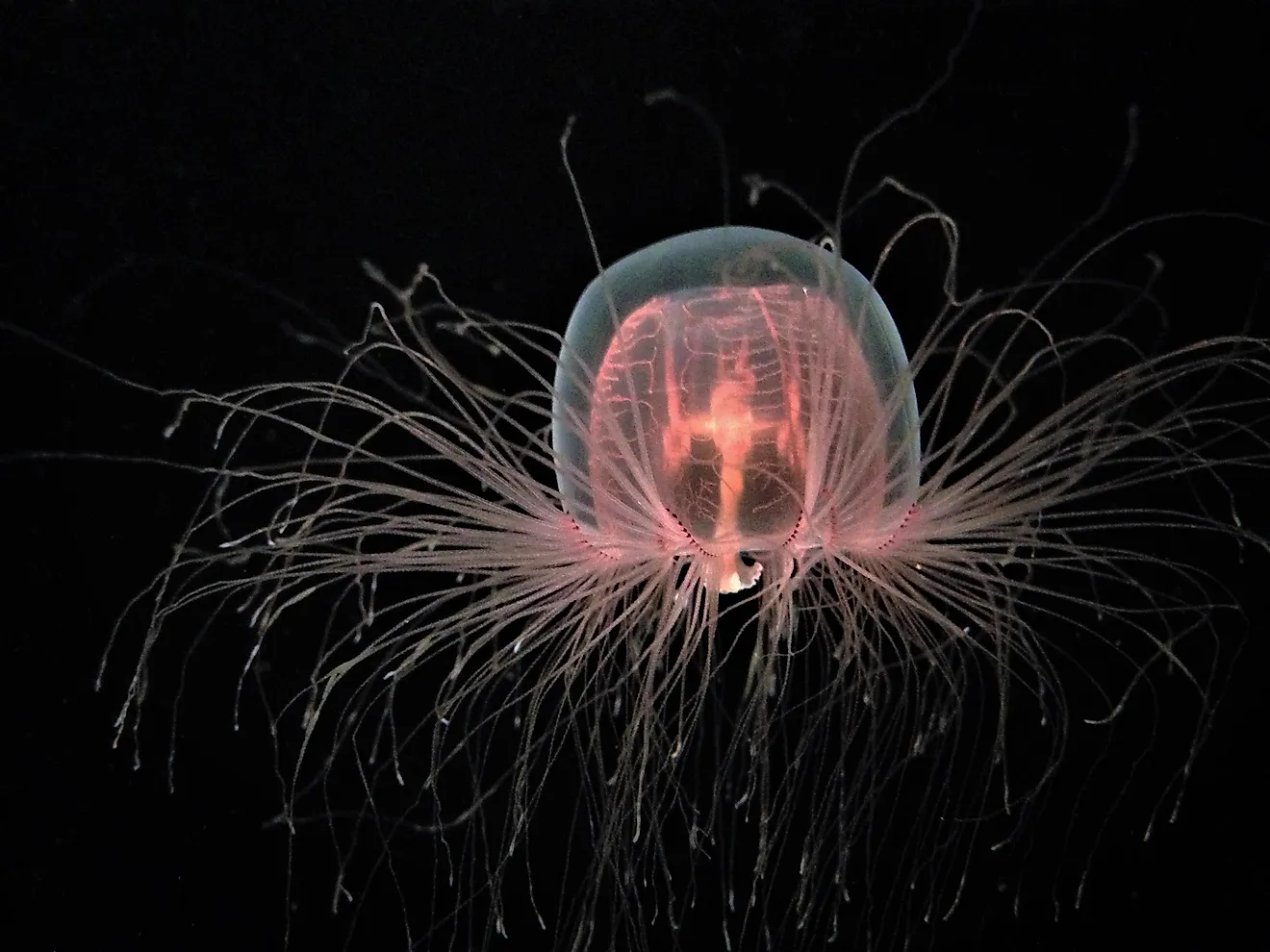What Is A Constitutional Monarchy?
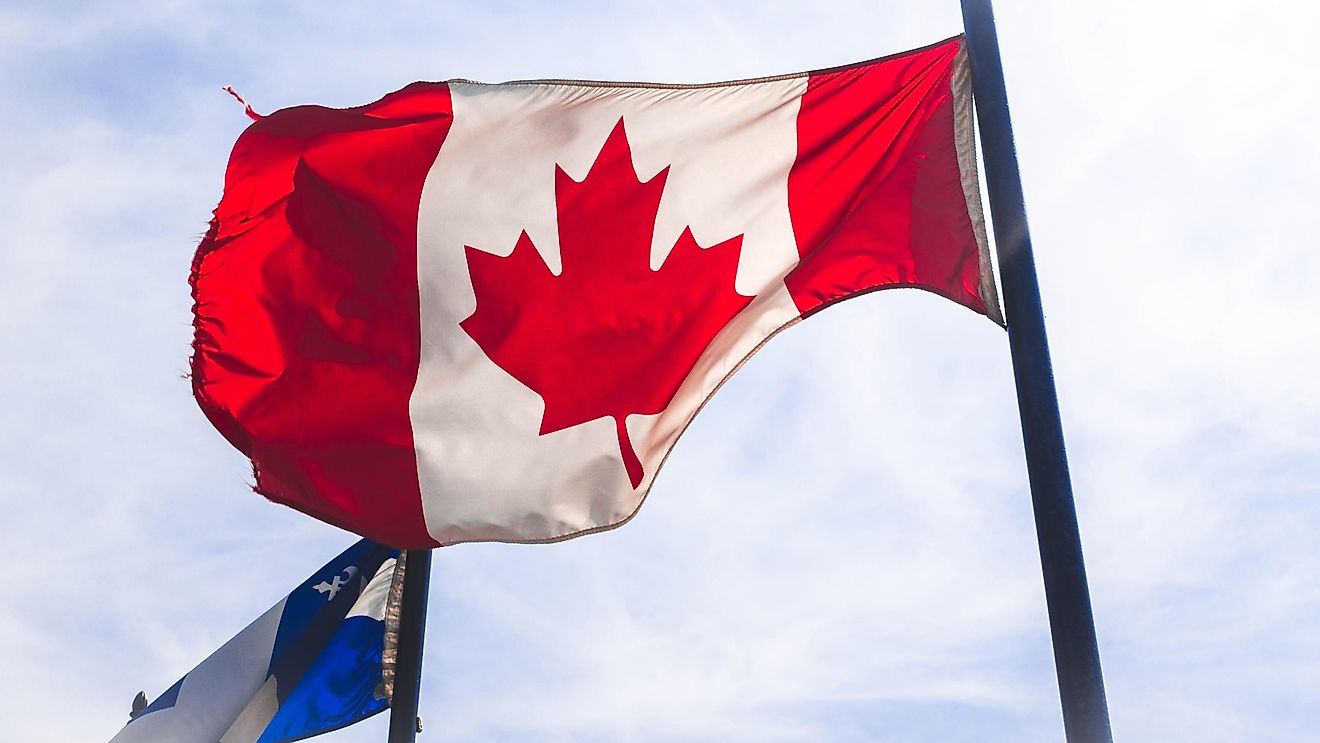
- A constitutional monarchy consists of a king or queen whose rule is kept in check by a constitution.
- Countries ruled by constitutional monarchy include the UK, Spain, and Belgium.
- Today's monarchs are typically only a symbol of power.
A monarch is the head of a state or region for a lifetime, or until he or she abdicates the throne. In a constitutional monarchy, monarchs are given restrictions on their ability to rule, as set forth by a constitution.
A constitutional monarchy should not be confused with an absolute monarchy. In an absolute monarchy, the monarch is an autocrat in charge of executive, judicial, and legislative manners. Constitutional monarchies are different from absolute monarchies in that the ruler is guided by a legal framework (a constitution, for example) that prevents an overreach of power.
The ancient Hittites are credited with having the world’s oldest constitutional monarchy. The Hittites lived during the Bronze age. Their king or queen shared rule with the Panku, a group of nobles that is similar to today’s assembly or legislature.
The Rules of Ruling
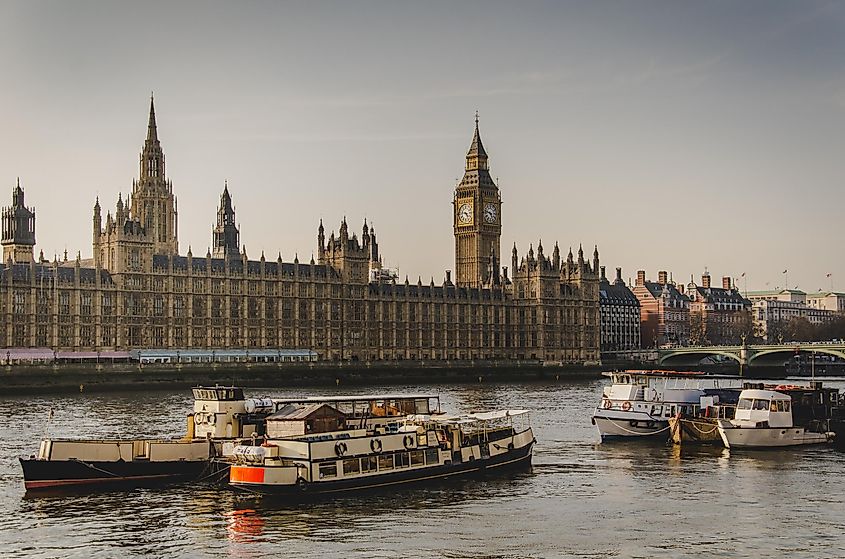
Constitutional monarchies are found in a variety of countries and sovereign states across the world including Monaco, Morocco, Jordan, Bahrain, Kuwait, Spain, Belgium, Sweden, Japan, and the United Kingdom.
The United Kingdom is perhaps the most famous constitutional monarchies. Queen Elizabeth II and the royal family are highly visible and known throughout the world as celebrities. However, in the UK, as well as in Spain, Belgium, Sweden, and Japan, the monarch has no formal ruling authority.
In fact, in his paraphrasing, the British historian and politician Thomas Macaulay, political scientist Vernon Bogdanor explains the nature of a constitutional monarchy as “a sovereign who reigns but does not rule.”
In England in 1688, the Glorious Revolution resulted in a constitutional monarchy. The restrictions of this rule were set forth by the Bill of Rights in 1689 and the Act of Settlement of 1701. However, a limited monarchy was outlined centuries earlier in 1215 with the Magna Carta. Queen Victoria is noted as the last British monarch to have conducted any political maneuvers during her reign.
What Does a Constitutional Monarchy Actually Do?
Constitutional monarchs might not be able to rule like presidents or prime ministers, but the government will often operate in their name. Using again the example of the UK, the Queen serves more as a symbol of national unity.
Still, a constitutional monarch can have powers in Parliament or legislation, though this must be specified by the constitution. According to the late British political theorist Walter Bagehot, a constitutional monarch has the political right to be consulted, to encourage, and to warn.
Today’s Constitutional Monarchies
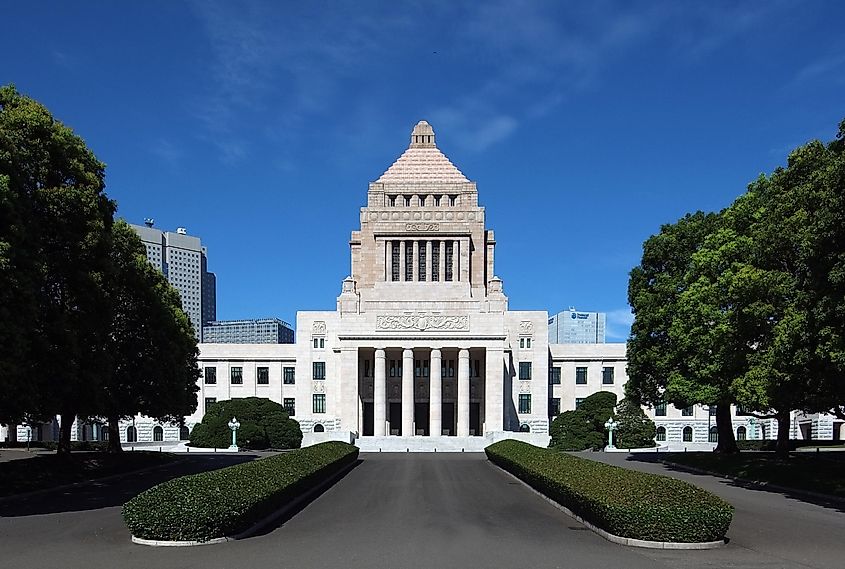
The modern form of a constitutional monarchy was developed in the UK. An elected parliament, lead by the prime minister, are the people in power. The queen and her family are still in the role of representing the nation per tradition, but the work of governing is done by Parliament.
The United Kingdom is one of sixteen constitutional monarchies known as Commonwealth realms. The others are Antigua and Barbuda, Australia, The Bahamas, Barbados, Belize, Canada, Grenada, Jamaica, New Zealand, Papua New Guinea, Saint Kitts and Nevis, Saint Lucia, Saint Vincent and the Grenadines, Solomon Islands, and Tuvalu.
Not all countries in Europe abide by the same constitutional monarchy rules. In Belgium and Denmark, the monarch has an appointed representative who supervises the coalition government after a parliamentary election. In Norway, the king will preside as chair for certain cabinet meetings.
In some countries, such as Japan and Sweden, the constitution has been amended so that the monarch no longer serves the government even in a nominal capacity. These monarchs are instead traditional symbols of a political power that once was.






